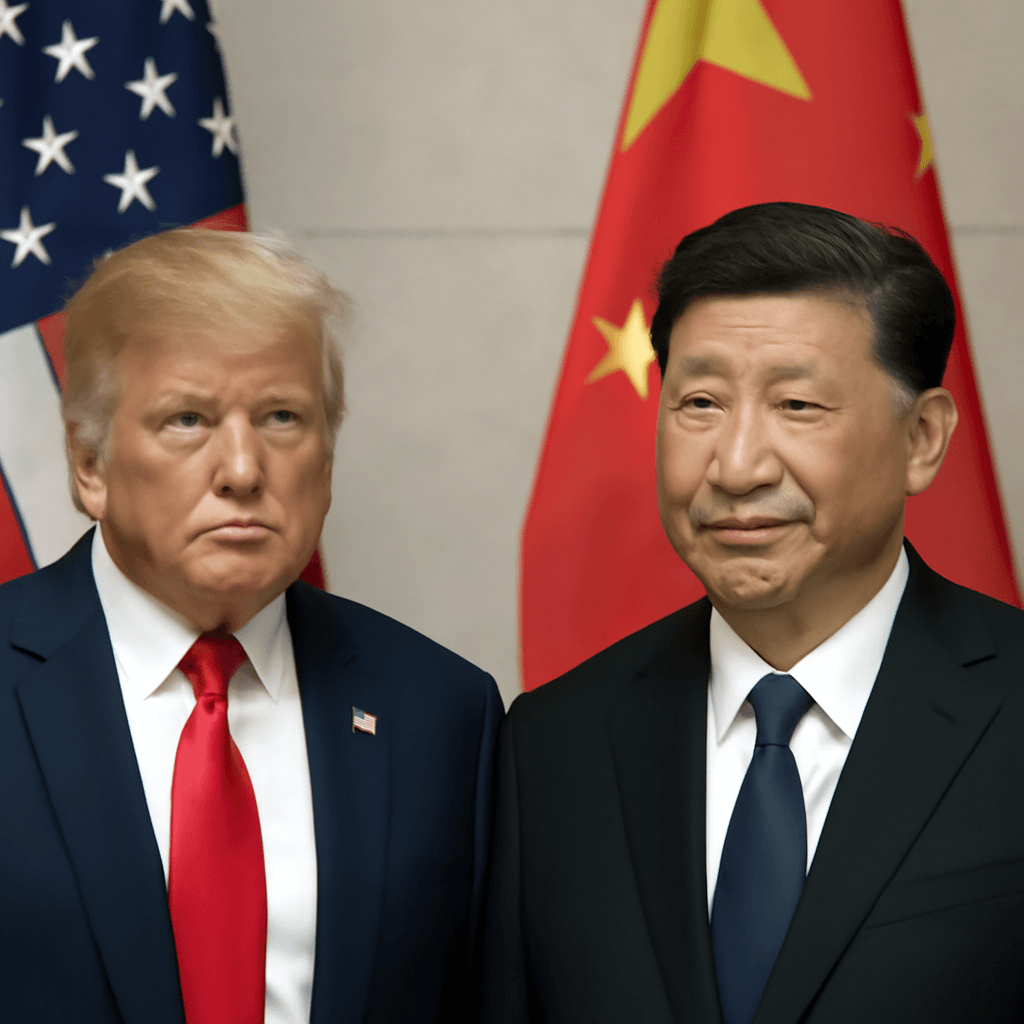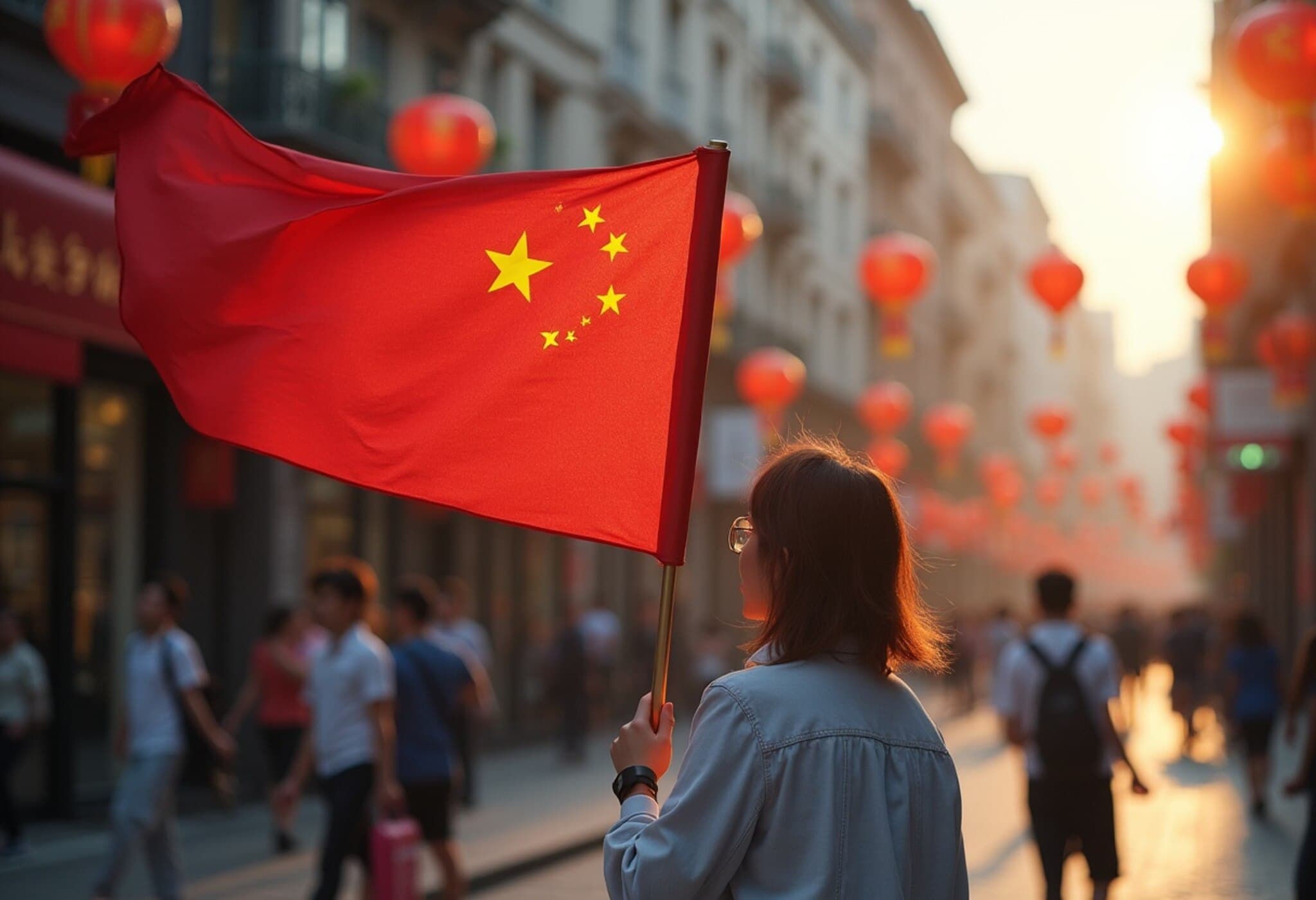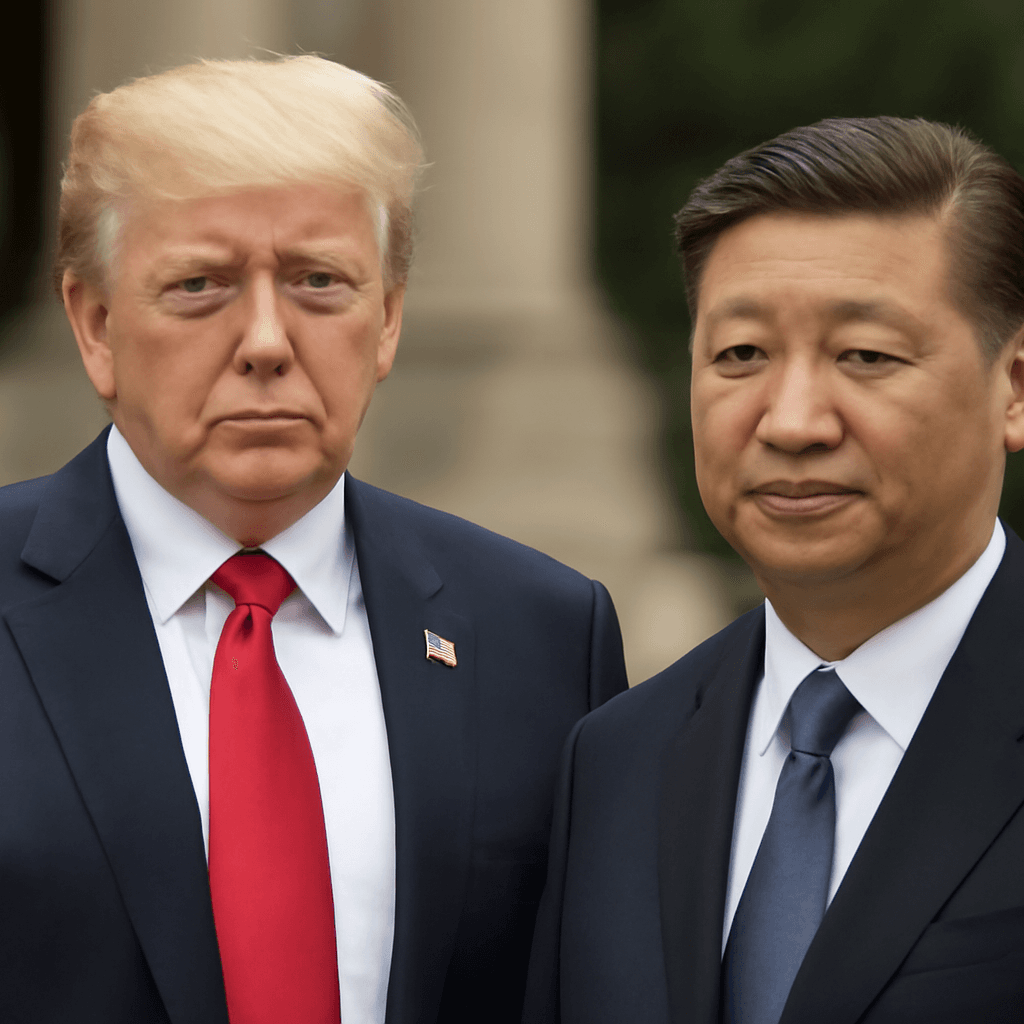China's Economy Grows at Solid 5.2% in Q2 Despite Trade Tensions
In a remarkable demonstration of resilience, China's economy expanded at an annualized rate of 5.2 percent during the April-June quarter of 2025, the government announced on Tuesday. This growth comes against the backdrop of an ongoing trade dispute with the United States, which many analysts feared could derail the second-largest economy in the world.
Quarterly Growth Shows Steady Momentum
On a quarterly basis, China’s economy registered a 1.1 percent expansion, underscoring a steady recovery despite escalating tariffs and tightening trade protocols under the administration of former President Donald Trump. While slightly down from the 5.4 percent growth rate seen in the first quarter, the latest figures still reflect solid economic performance given the substantial headwinds.
First Half of 2025: A 5.3% Growth Story
Looking at the first six months of 2025, China maintained an annual growth pace of 5.3 percent, signaling persistent domestic demand and robust industrial activity. This is particularly notable amid global economic uncertainties, including fluctuations in export markets and disruptions to supply chains.
What Keeps China's Economy Running?
- Strong Domestic Consumption: China’s internal market has increasingly taken center stage, cushioning the impact of weaker exports.
- Infrastructure Investments: Government spending on large-scale infrastructure projects continues to stimulate growth.
- Technological Innovation: Growing sectors such as green energy and high-tech manufacturing are propelling new growth avenues.
Expert Perspective: Trade War’s Lingering Shadow
Economists caution, however, that the trade tensions with the United States have not entirely dissipated. Tariff barriers have forced Chinese exporters to adjust strategies, sometimes at the cost of margins. Additionally, the uncertainty surrounding future trade policies continues to weigh on business investments.
According to Dr. Liu Wei, a senior economist specializing in East Asian markets, "China’s current growth figures are impressive, but the longer-term health of the economy will depend on how it navigates global trade challenges and reforms its internal economic structure to become more innovation-driven and less export-dependent."
What Does This Mean for Global Markets?
China’s robust growth, despite trade frictions, has significant implications worldwide. As a key player in global supply chains and a major consumer market, any shifts in China’s economy reverberate through commodity prices, global manufacturing hubs, and international investment flows.
Investors, policymakers, and businesses should watch carefully how China balances domestic growth initiatives with external pressures, especially as talks on trade policies evolve. For the United States and its allies, understanding this delicate equilibrium is critical for framing future economic diplomacy.
Editor’s Note
China’s solid growth amid a protracted trade conflict underscores the complexity of global economic interdependence today. While the numbers reveal resilience, they also invite deeper questions: How sustainable is this growth if geopolitical tensions escalate further? What role will innovation and consumption play as China seeks to rebalance its economy? And how will this evolving dynamic shape the broader landscape of international trade and economic cooperation?
Staying informed about these developments is crucial for policymakers and businesses worldwide. The evolving economic narrative of China is not just a national story—it's a defining chapter in the story of globalization itself.



















